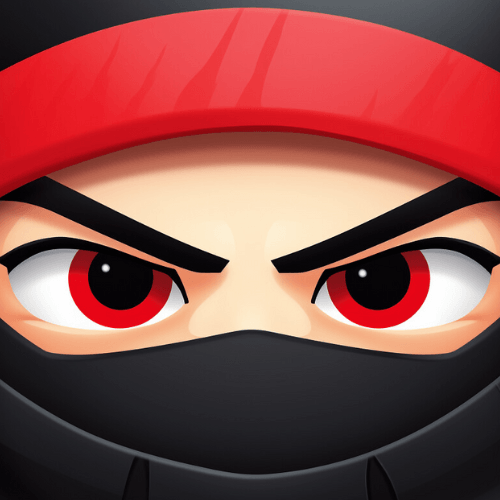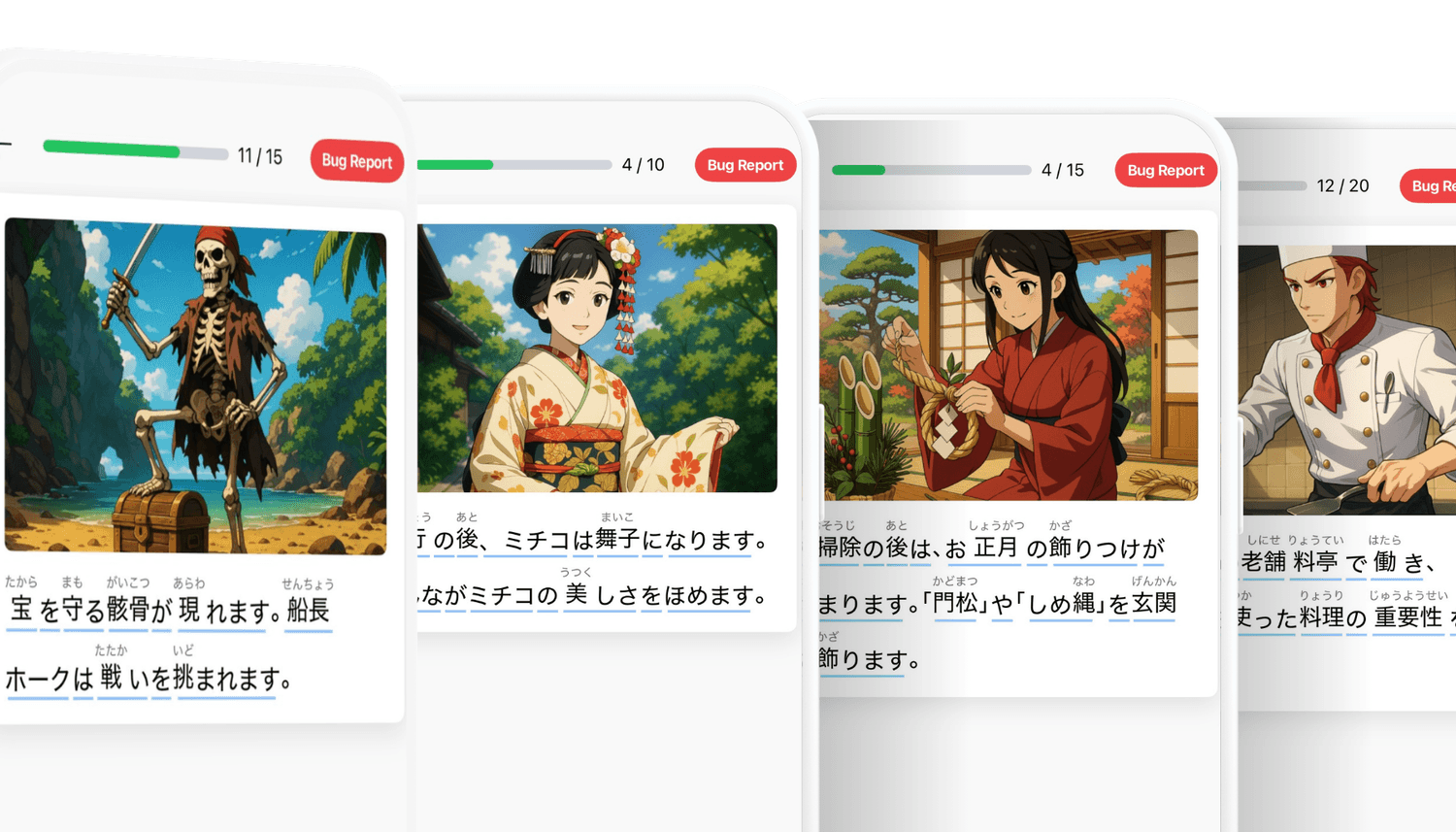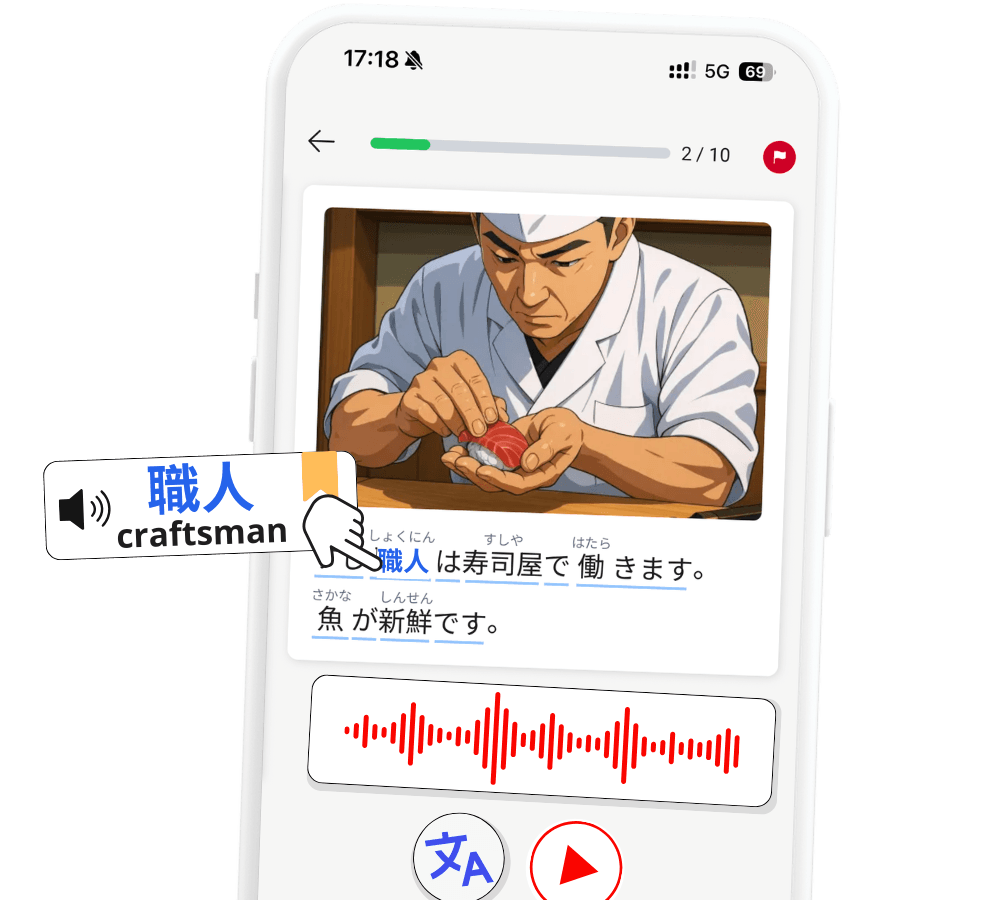
Read Japanese from 0 to Advanced
Backed by Science
Builds vocabulary faster than rote memorization, because words are learned in meaningful situations.
Improves grammar naturally, as learners repeatedly see structures in real use.
Enhances retention when text is paired with images and audio, tapping into dual-coding theory.
Boosts motivation by providing comprehensible input, keeping learners engaged without overwhelming them.
Stories You Can Trust
We collaborate with Japanese Teachers ❤️
ユキ先生
•
Yuki
Certified Teacher
Every story is reviewed and authored by Yuki — ensuring accurate Japanese, natural phrasing, and cultural correctness.

Topics
Real Japanese, from Anything
🍜Food
🧭Adventure
🐾Animals
💬Conversations
🏠Life
🎎Culture
📰News
🏀Sports
✈️Travel
🚇Transport
💘Love
🕵️♀️Mystery
🗳️Politics
🧬Sci-fi
👨👩👧👦Family
😄Humor
🩺Health
🎓Educ.
| without Shinobi | with Shinobi | |
|---|---|---|
| Graded readers by level | — | |
| Interactive content | — | |
| Quizzes to test knowledge | — | |
| Built-in review tools | — | |
| High-context visuals | — | |
| Text-to-speech / native audio | — | |
| 200+ unique stories | — |





